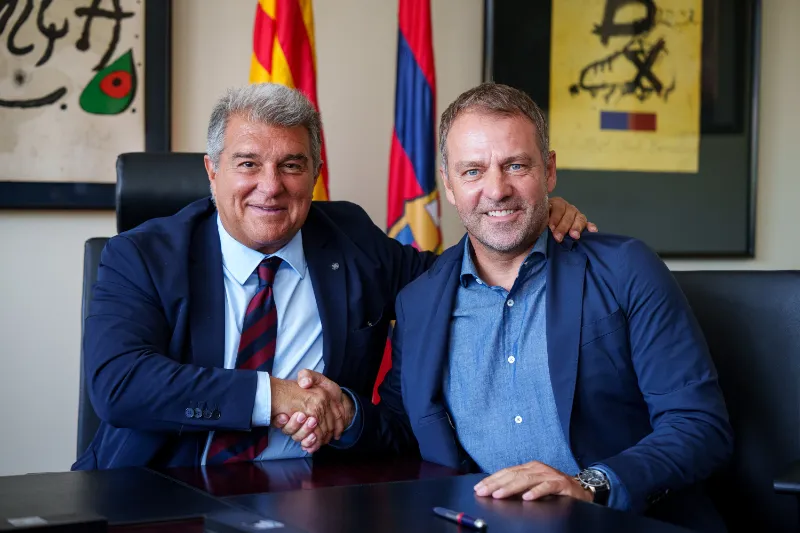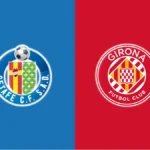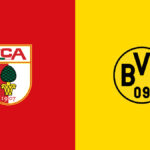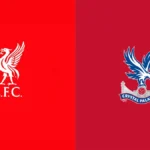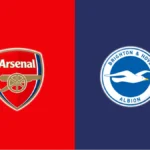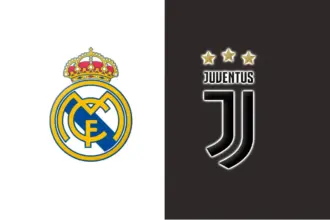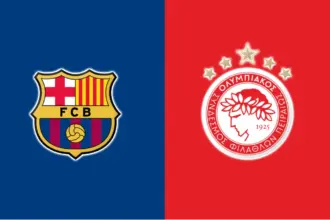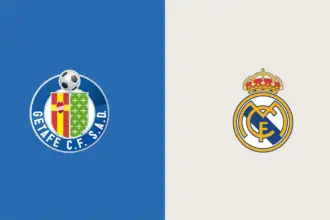Exactly one year ago, FC Barcelona was in crisis. Club legend Xavi was dismissed in controversial fashion, and the team was handed over to a German coach with a dented reputation after a disappointing spell with the national team. With limited financial means and mounting debt, few believed in a quick recovery.
Meanwhile, Real Madrid was riding a wave of success—La Liga champions, Champions League winners, Kylian Mbappé was on the brink of signing, and Vinícius Jr. looked poised for a Ballon d’Or. The newly renovated Santiago Bernabéu was expected to become a financial goldmine.
One Year Later, the Roles Have Reversed
Today, the footballing map of Spain has a new leader.
Barcelona has returned to the top, securing the La Liga title, Copa del Rey, and reaching the Champions League semifinals. The team looks complete, needing only minor tweaks. In contrast, Madrid now finds itself in disarray—with a new coach, massive spending, and little cohesion.
From Rock Bottom to a Clear Identity
President Joan Laporta and manager Hansi Flick didn’t need blockbuster signings to initiate the turnaround. Their formula was simple: build a system, trust young talent, and restore internal balance.
Barcelona’s key summer moves:
- Dani Olmo for €60 million – the club’s only major investment
- Joan García for €25 million – a strategic backup signing
- The rest? Homegrown talents: Lamine Yamal, Pau Cubarsí, Marc Casadó
Under Flick, stars like Lewandowski, Raphinha, and Pedri have rediscovered form in a structure that plays to their strengths. Barcelona has become a team—not just a collection of individuals.
Real Madrid: €180 Million and No Guarantees
This summer, Real Madrid has spent €180 million on four new players, but none of them offer a guarantee of immediate impact. The team’s structure feels unbalanced, and questions remain about how new coach Xabi Alonso will manage both egos and expectations.
While Barcelona invested in youth and continuity, Madrid’s spending appears driven by urgency. Their academy, unlike La Masia, has yet to consistently deliver first-team solutions.
Two Clubs, Two Models
- Laporta and Flick have stabilized Barcelona by eliminating dressing room conflicts and creating a clear footballing identity.
- Florentino Pérez and Xabi Alonso now face the same challenge—but with a more volatile squad and a less forgiving environment.
The shift is undeniable: where there was once chaos, now there is structure. And where there was once dominance, uncertainty is creeping in.

